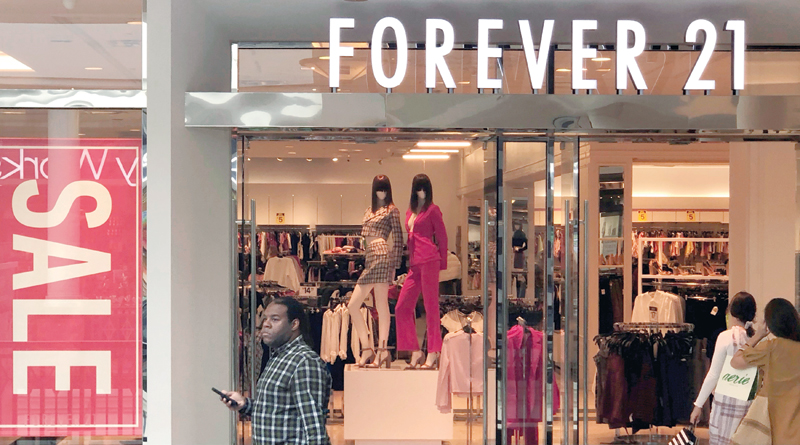

WASHINGTON: US retail sales fell for the first time in seven months in September, suggesting that manufacturing-led weakness could be spreading to the broader economy, keeping the door open for the Federal Reserve to cut interest rates again later this month.
The downbeat report from the Commerce Department on Wednesday came on the heels of data this month showing a moderation in job growth and services sector activity in September. Signs of cracks in the economy’s main pillar of support, ahead of the holiday season, could further stoke financial market fears of a sharper slowdown in economic growth.
The economy is being hamstrung by a 15-month trade war between the United States and China, which has soured business sentiment, leading to a decline in capital expenditure and a recession in manufacturing.
“This morning’s report solidifies concerns of the consumer’s inability to perpetually support the economy alone,” said Lindsey Piegza, chief economist at Stifel in Chicago. “With business investment declining and manufacturing activity deteriorating, many investors brushed off fears of a slowdown because the consumer was still spending.”
Retail sales dropped 0.3 per cent last month as households cut back spending on motor vehicles, building materials, hobbies and online purchases. That was the first drop since February. Data for August was revised up to show retail sales rising 0.6 per cent instead of 0.4 per cent as previously reported.
Economists polled by Reuters had forecast retail sales would climb 0.3 per cent in September. Compared to September last year, retail sales increased 4.1 per cent.
Excluding automobiles, gasoline, building materials and food services, retail sales were unchanged last month after advancing by an unrevised 0.3 per cent in August. These so-called core retail sales correspond most closely with the consumer spending component of gross domestic product.
Last month’s drop and August’s unrevised gain in core retail sales prompted economists to cut their third-quarter consumer spending growth estimates to around a 2.5 per cent annualised rate from a 3.0 per cent pace. Consumer spending, which accounts for more than two-thirds of the economy, increased at a 4.6 per cent rate in the second quarter, the most in 1 ½ years.
That, together with another report from the Commerce Department showing business inventories were unchanged in August, led economists to lower their GDP forecasts for the third quarter to a range between 1.2 per cent pace and 1.9 per cent rate. Slowing growth was also underscored by a third report from the Fed describing the economy as expanding “at a slight to modest pace,” based on anecdotal information on business activity collected from the US central bank’s contacts nationwide on or before October 7. — Reuters
Oman Observer is now on the WhatsApp channel. Click here



